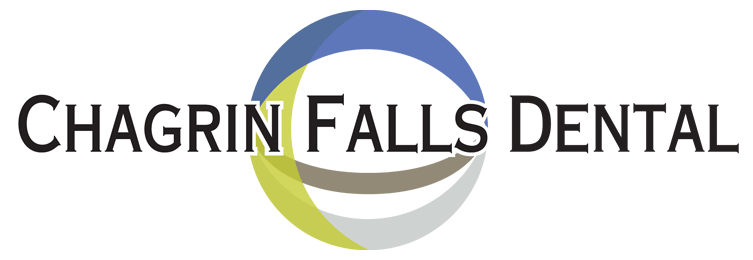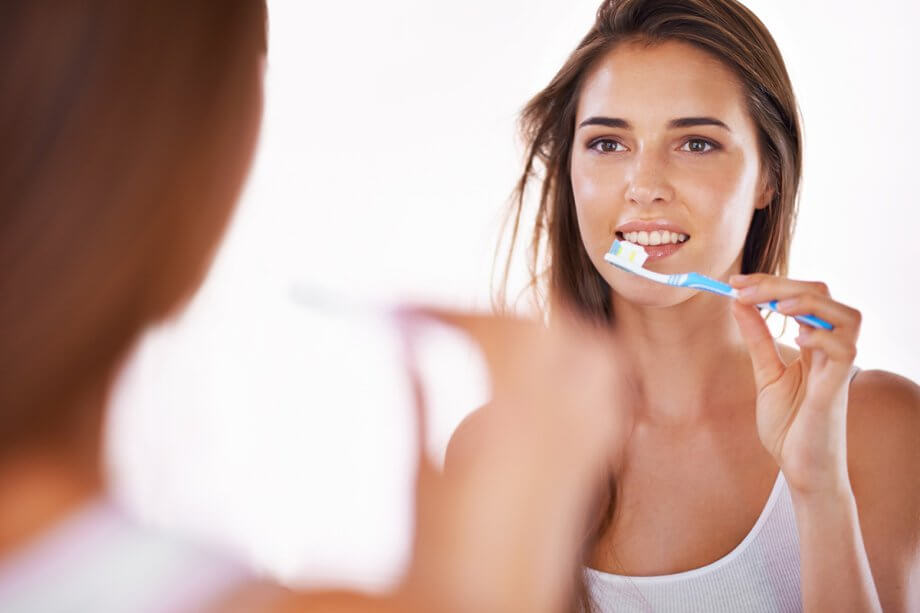Most patients believe they brush their teeth properly. However, their dentist and hygienist may notice signs of not using the optimal technique. Home care is vital to good oral health and wellness, and patients who skip steps or rush the process may experience consequences.
This blog will explain tooth brushing and give tips for ensuring an attractive and healthy smile.
The Advantages of Proper Tooth Brushing
Reduce Chances of Tooth Decay
When you brush twice daily, you can remove food and plaque. These substances emit acids that soak into the tooth enamel, weakening it to permit decay.
Lower Risk of Gum Disease
Brushing removes food and plaque that can harden into tartar. Tartar is a cement-like substance formed from bacteria and food. It collects around the gum line and excretes toxins that weaken the gums and underlying bone over time, a condition known as gum disease.
Keep Teeth Brighter
Brushing twice daily will keep surface stains at bay. However, you must also take care when eating acidic or staining foods and beverages.
Reduce Bad Breath
Brushing your teeth and tongue makes your breath fresher. Fresher breath can improve your self-confidence and personal image.
How to Brush Your Teeth
Step 1: Choosing The Right Tools
Choosing the right toothbrush is more important than many patients believe. Use a soft toothbrush; a medium or hard toothbrush can damage your enamel and irritate your gums.
Depending on your preference, choose a manual or electric toothbrush. Electric toothbrushes remove plaque more efficiently.
Replace your toothbrush every three months. Stop using a toothbrush when the bristles are worn or begin to splay outward. Some brushes have colored bristles that fade, indicating it is time for a change.
Unless your dentist recommends another product, use an ADA-approved toothpaste with fluoride. Even infants and toddlers need fluoride toothpaste to keep their enamel strong.
Step 2: Use a Timer
Brush for at least 2 minutes. Most patients only brush for a matter of seconds because they believe that contacting each tooth surface once is good enough. However, skimping on brushing time can lead to plaque and tartar buildup. Even using an electric toothbrush, you must brush for the recommended time.
Step 3: Brushing
Hold your toothbrush at a 45-degree angle. This angle allows the brushing motion to focus on where the gum meets the tooth. Brush with a circular motion, contacting both the tooth surfaces and the gums. Brush your gums gently.
It helps to divide your mouth into four quarters: upper and lower left, then upper and lower right. Brush for at least 30 seconds in each area.
Step 4: Flossing
Many patients believe they do well brushing and don't need to floss. However, every patient can benefit from improved flossing techniques. You can choose a water flosser, picks, or standard floss held between the fingers. Hold the floss in a C shape and guide it between the teeth and gums, removing all traces of plaque and food.
Step 5: Rinsing
Rinse your teeth with a small sip of water. If you rinse too much, you may wash away the beneficial fluoride in your toothpaste. If you are using mouthwash, wait 20 to 30 minutes before rinsing. Antibacterial and fluoride mouthwashes are excellent options.
Frequently Asked Questions About Home Oral Care
Which type of toothbrush is the best: electric or manual?
The best toothbrush is the one you use properly. Even the most expensive electric toothbrush on the market won't do a good job if you cut your brushing session short.

